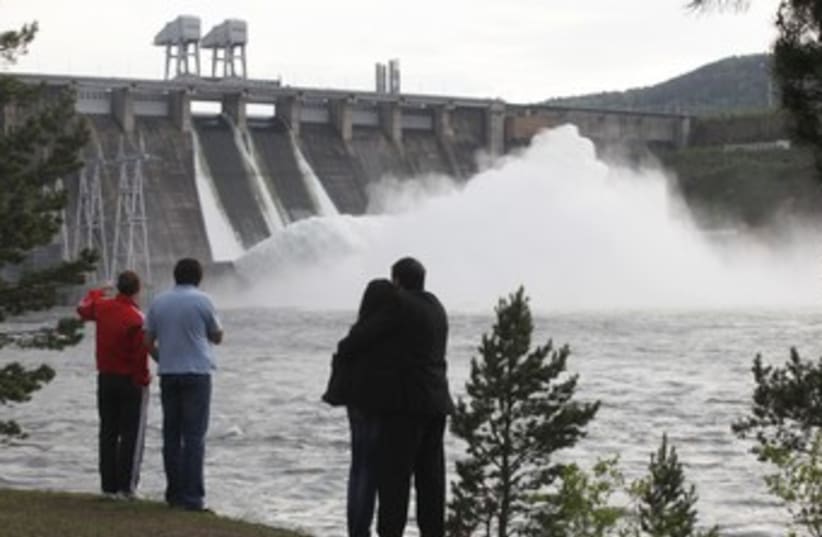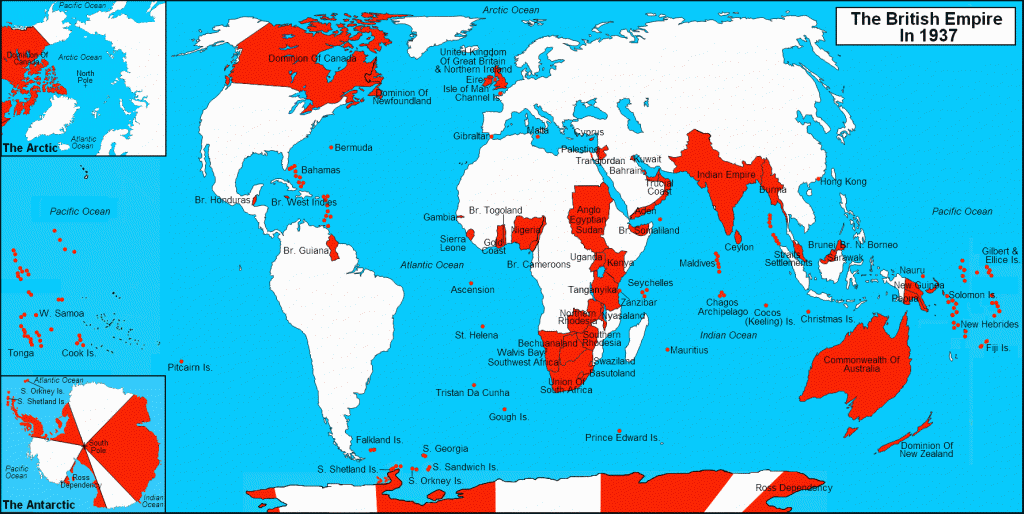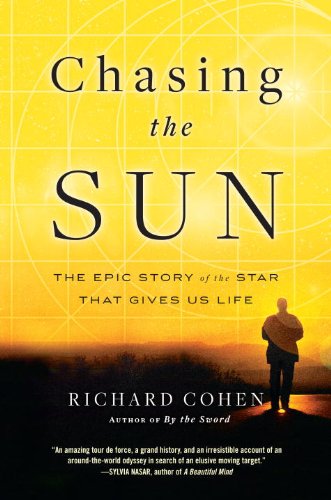
The following is an interview I did for a leading Austrian magazine. Although, in the end, the text did not see the light of print, I considered it interesting enough to post it here.
How did Hamas come to be the leading political force in Gaza?
Hamas is an Islamic Movement with deep roots in Arab history, especially Egypt with its Moslem Brotherhood. It started its rise to prominence in the late 1970s and early 1980s when Ariel Sharon, serving under Prime Minister Menachem Begin, was Israel’s minister of defense. As he and his advisers saw it, the best way to oppose the growing power of Yasser Arafat’s Palestinian Liberation Movement and counter the First Palestinian Intifada (Arabic for “shaking off”), was by encouraging another, more religiously-inclined, and hopefully more moderate, movement in the southern, poor and backward, half of the West Bank. The focus was to be prayer, education and charity, not anti-Israeli terrorism.
Looking back, the policy never stood a chance. Instead of becoming less radical than the PLO Hamas, by refusing in principle any peace with Israel, became more so. Israeli efforts to suppress the movement, including the “targeted killing” of its first leader, Sheikh Ahmed Yassin and his successor, Abdel Aziz al-Rantissi proved unavailing. To the contrary: rather than watch its power declining, Hamas spread to the Gaza Strip. In 2007, a year after Israel withdrew from the Strip, it mounted a coup, killing some of the PLO’s officials in the Strip and driving out the rest.
Which historical errors need to be mentioned here?
I am not sure one can talk about historical errors here. The attempt to distinguish “good” Arabs (with who one could talk and, perhaps, reach some kind of compromise) and “bad ones” (who only understood the language of violence and war) has deep roots in Zionist/Israeli history. It is as if leaders on both sides, Israel and the Hamas, have been playing to a pre-prepared script. One similar to the tyche (fate) that carried the heroes of Greek tragedies to their doom.
You write that in the early 1980s, Ariel Sharon and his advisers believed that Hamas, with its strong emphasis on Islam, would be the ideal vehicle to redirect Palestinian energies from the fight against Israel to the practice of Islam. From today’s perspective, that sounds extremely absurd. According to this reading, are the “Hamasniks” less religious than previous, generations?
And asked provocatively: Does such a thesis also apply to the other side? How religious is Benjamin Netanyahu? His conduct of the war is now being criticized by his closest allies.
Whether or not the present generation of Hamas activists are more or less religiously-minded than their predecessors is hard to say. It seems, however, that, perhaps to a greater extent than their predecessors, they have succeeded in drawing on both Islamic religion and Palestinian nationalism. The combination is explosive. Along with dozens of similar organizations active in dozens of other countries, starting with Daesh (ISIS) in Iraq and ending in the United Kingdom where 75 percent of the security services’ workload is due to Islamic terrorism, it will continue to make its impact felt for a long time to come.
As to Netanyahu, he comes from a secularly-minded family—his father was a history professor. He, Netanyahu, has never practiced Judaism the way orthodox Jews do. Depending on the audience he is addressing, now he stresses that fact, now he tries to draw a thin veil over it. Truly a man for all seasons. One thing, though, appears certain: following in the footsteps of his principal mentor, former Prime Minister Yitzhak Shamir (served 1983–1984, 1986–1992) he is a hard liner. Even more so in private, I am told, than in public.
How do you rate Benjamin Netanyahu as a person? Is war a means for him to stay in power? Do you see a politician comparable to Netanyahu in history? What future does this man have in Israeli politics and in Israeli historiography?
As I just said, Netanyahu is a man for all seasons. He will tell anyone whatever he thinks will serve, first himself—he is in deep legal trouble–and then the cause. As has been the case with all his predecessors and will presumably be the case with his successors as well, that cause is to secure the continued existence of Israel. Nor do I blame him for saying e.g that an Iran-supported Palestinian State in the West Bank and the Gaza Strip is incompatible with that existence.
The situation in Gaza is devastating. Israel has to justify itself. In my opinion, the role of the neighboring state of Egypt is neglected. Why doesn’t the international community put more pressure on Egypt to at least grant asylum to Palestinian women and children? Studies show that Gaza is the most dangerous place in the world to be a child. Why do so many supposed “brother states” turn a blind eye to this fact?
It was an Egyptian cleric, Hassan al-Banna, who founded the Islamic Brotherhood back in 1928. Egypt being under British occupation at that time, his message, consisted of two main parts. First, the need to reject anything Western and modern, from secularism to women’s rights; and second, the drive to replace them by a Koran-based Islamic State. With one exception—Mohammed Morsi, himself an Islamist, who only lasted for one year before the military overthrew him–since then every Egyptian ruler, hereditary or not, military or not, socialist or not, has experienced trouble with the organization. The number of Brotherhood activists who, over the years, have been imprisoned, tortured and/or executed must run into the tens of thousands, probably more.
The Egyptian-Israeli peace treaty is now a little over forty years old. But this has not prevented the Egyptian government from turning a blind eye to the fact that many, if not most, of the weapons Hamas is currently using in Gaza were smuggled in from Egyptian-owned Sinai. Indeed the spectacle of Israel’s problems in Gaza, as long as they remain limited, may not unwelcome among certain circles in Cairo. But this coin also has a flip side. Opening the border between Egypt and Gaza, if only in order to enable refugees to reach other Arab countries (which may or may not let them in) could help destabilize Egypt. And that is the last thing President Abdel a-Sisi wants or needs.
Do you have any ideas about what will happen to the Gaza Strip in the long term? Who lives there in 2044? Will there ever be peace? If yes how?
As the famous Italian nuclear scientist Enrico Fermi is supposed to have said, making predictions is difficult, especially of the future. Still, let me try.
Ever since 1967, the year when the Six Day War was fought and Israel found itself in control of the West Bank and the Gaza Strip, I personally have been on the Israeli left. Back in 2005 I even published a book, Defending Israel, to explain my position. I am afraid that, since then, that position has changed. With Iran actively involved in fighting Israel on four fronts—Gaza, the West Bank, Lebanon, and the Red Sea—Israel has absolutely no choice but to retain some form of control over the first two of those. After all, from Tel Aviv to Gaza it is only about 55 kilometers; from Tel Aviv to the West Bank, about 30.
25 years ago you wrote in the NZZ that Israel needed someone in the Gaza Strip to whom it “could hand over the key”. “Experience shows that breaking up an organization leads nowhere.” From the Israeli point of view, you would then be dealing with an even worse organization. Do you still see it the same way in 2024?
The greatest danger today is not another, even more radical, Palestinian Organization in Gaza but no organization at all. The outcome can only be anarchy and more bloodshed. A good foretaste of what will happen was provided on Thursday 29 February when Gazans, desperate for food, fought each other while at same time being fired at by Israeli troops who, caught in the middle, feared for their lives.
You went on to say about the 2006 Lebanon War: “So Israel’s disproportionate war may not be so bad. It can lead to calm and peace.” That sounds worryingly current… Would you say the same thing about the status quo in Gaza?
The best thing that could happen to Gaza would be for it to come to some kind of arrangement with Israel so that life can begin to return to normal, more or less. But things do not seem to be moving in that direction, do they?
You recently wrote in “Die WELT” that the winner of the current Gaza war has already been determined: Hamas. What do you mean?
It was Henry Kissinger who once said that the regulars, as long as they do not win, lose; whereas the guerrillas, as long as they do not lose, win. You can spell out the details for yourself.
Finally, are you for or against a ceasefire?
Who could be against a ceasefire? But not at any price.










